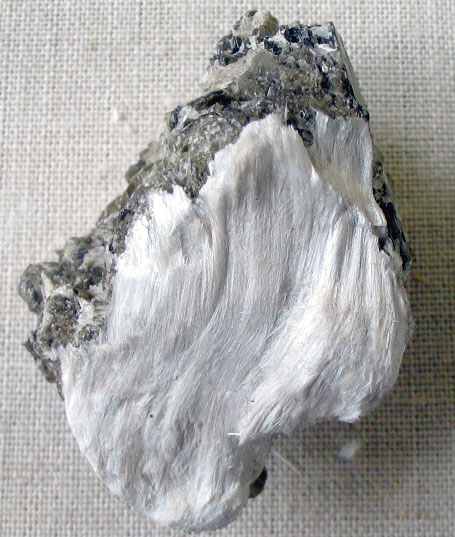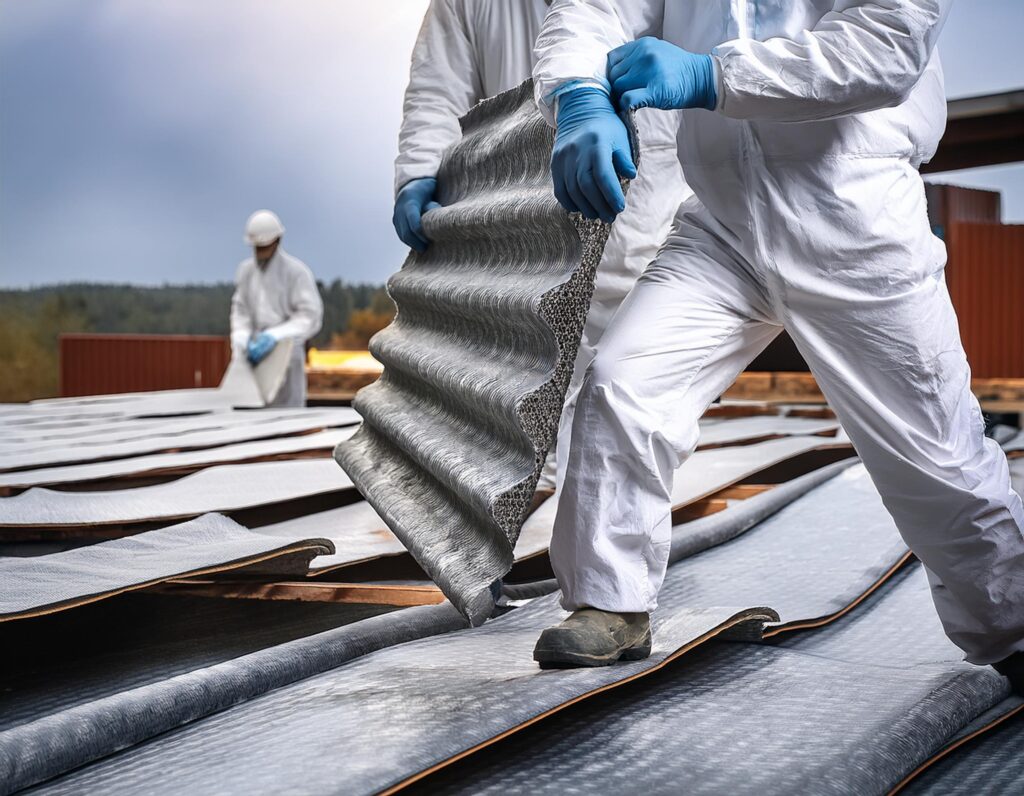Asbestos, a term that many now associate with significant health risks, was once hailed as a “miracle material.” This change in perception is no small transformation; it is a saga deeply rooted in the properties of asbestos that once made it a popular construction material. In this article, we will explore the scientific attributes of asbestos, the popular asbestos-containing materials, and how the viewpoint shifted, leading to the practice of asbestos removal, disposal, and abatement.
Asbestos as Popular Construction Material
Asbestos is a group of naturally occurring fibrous minerals that possess remarkable characteristics. It was widely used in the construction industry for several reasons:
- Fire Resistance: Asbestos is non-flammable, making it an ideal fireproofing material.
- Strength: The fibers of asbestos are strong and flexible, which made it popular in reinforcing cement and plastics.
- Heat and Electrical Insulation: Asbestos was used for thermal insulation due to its ability to resist heat.
- Affordability: It was considered an economical option for various construction purposes.
These attributes led to the use of popular asbestos-containing materials like insulation, tiles, and cement products.

The Downfall: Health Risks and the Rise of Asbestos Abatement
Despite the apparent advantages, the story took a dark turn as researchers discovered that asbestos exposure could lead to severe health problems, including lung cancer, mesothelioma, and asbestosis.
Asbestos Testing and Regulation
Recognizing the risks, governments and organizations began implementing stricter regulations. Asbestos testing became crucial in determining whether the material was present in buildings and other structures. This marked a shift from asbestos as popular construction material to a substance requiring careful monitoring and control.

Asbestos Removal and Disposal
The process of asbestos removal involves careful extraction of the material to minimize the release of airborne fibers. The removal of asbestos must be performed by trained professionals who follow strict guidelines.
Disposal of asbestos, on the other hand, is about containing and isolating the material in specialized facilities. The proper disposal of asbestos ensures that it does not pose a risk to public health.

Conclusion: A Lesson in Evolution and Responsibility
The story of asbestos teaches us the importance of continuous scientific investigation and societal responsiveness. It’s a tale that took us from viewing asbestos as a “miracle material” to understanding the need for asbestos abatement, asbestos testing, and responsible removal and disposal of asbestos.
The legacy of asbestos also serves as a reminder to always question, evaluate, and adapt our practices, especially when public health is at stake. As science and technology continue to evolve, our approach to construction materials must reflect the ongoing pursuit of knowledge and responsible stewardship.
If you need professional help with asbestos removal, testing, or disposal, ensure that you consult a certified service provider experienced in the comprehensive handling of asbestos-related matters.
If you are in doubt does your home or property has asbestos-containing materials and want to find out, do not hesitate to reach out to our experienced team of professionals today on: 0475 143 106 or email us on: asbestosgoneandclean@gmail.com for safe, expert asbestos removal services you can trust!

